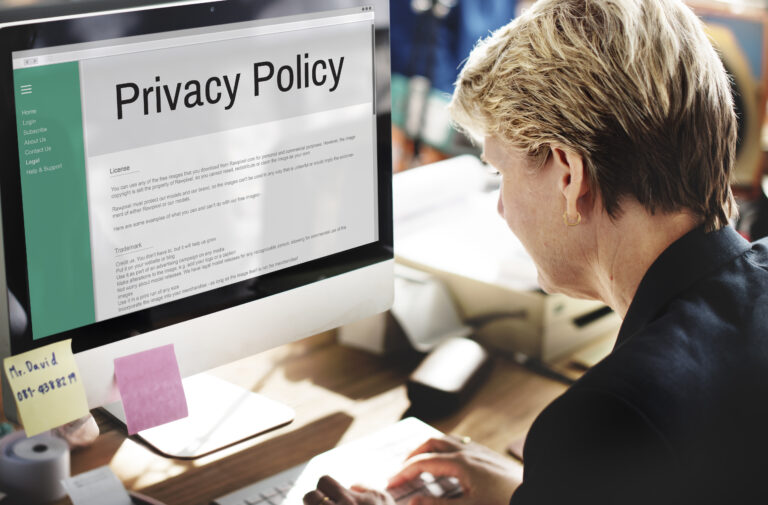How to Plagiarize Without Actually Plagiarizing: The Ultimate Guide
At first glance, the concept of copying content without actually plagiarizing seems paradoxical. However, with the right approach, one can produce authentic content while borrowing ideas from existing materials.
Why Plagiarism Matters
Plagiarism is the act of copying someone else’s work. If detected, the consequences can range from a failed submission to severe disciplinary actions. With the right tools and techniques, one can steer clear of plagiarism.
Strategies for Authentic Content Creation
1. Leverage Plagiarism Checkers
Using a plagiarism checker is paramount. The process is iterative – paraphrase your content, run it through the checker, and adjust as necessary. It’s imperative to know the checker used by your institution, as different checkers might give varied results. Top-notch plagiarism checkers include Quetext, Copyscape, and Grammarly. Always be prepared to rework content flagged by these tools. Here is a guide to all kinds of plagiarism checkers, both paid and free.
2. Rewriter Tools & Spinners
Article spinners or rewriters, like Quillbot and Best Rewriter, are handy. However, a common flaw with spinners is the unnatural phrasing. After spinning an article, it’s essential to manually edit to ensure natural flow and originality.
3. Think Outside the Text Box
Considering alternative submission methods, like printing or converting the document to an image, can make it harder for professors to run a plagiarism check. But, this approach is a gamble, based on the professor’s diligence.
4. Extract and Reframe
Instead of a direct copy-paste, draw out the central ideas and recreate them in your voice. Borrowing headings and expanding on them, or summarizing paragraphs, ensures the essence remains while the presentation becomes unique.
5. Give Credit Where Due
Citing your sources properly can save you from plagiarism accusations. Depending on the citation style required, tools like Cite This for Me can be beneficial. Also, don’t shy away from using quotes; just ensure they’re correctly formatted and cited.
6. Personal Touch and Experience
Injecting personal experiences, as I did with a recent self-care tip, can make borrowed ideas feel fresh and unique. While the idea remains consistent, the presentation is customized.
7. Direct Quotation
When all else fails, quote directly. With proper citation and format, direct quotes can be integrated seamlessly into your content without risking plagiarism.
Additional Techniques to Avoid Plagiarism
- Rework the Text: Adjust sentence structures, use synonyms, and play with voice (active/passive) to give the text a new look.
- Utilize Search and Replace: A simple search and replace in your word processor can change specific terms or phrases, making the content appear different.
- Proper Quotations and Citations: Correct formatting and citation for direct quotes are essential to differentiate borrowed content from original writings.
The Role of Plagiarism Checkers
Remember, plagiarism checkers like Grammarly and Copyscape aren’t just for pointing out copied content. They are tools that help refine and ensure the originality of your work. Regular checks can help maintain content quality and authenticity.
Conclusion
While the allure of copy-pasting might be strong, the potential consequences of plagiarism aren’t worth the risk. With the methods outlined above, you can save time while still producing original, quality content.
Frequently Asked Questions
1. How much can you copy without plagiarizing?
Taking any sequence of more than three words without citing is stealing work from others. Taking an idea, image (photograph, table, or graph) without citing is also plagiarism and may also violate copyright laws.
2. What are the 3 ways you can plagiarize unintentionally?
Accidental plagiarism occurs when a person neglects to cite their sources, or misquotes their sources, or unintentionally paraphrases a source by using similar words, groups of words, and/or sentence structure without attribution.
3. What can not be plagiarized?
- Expressing an idea in your own words, and giving credit.
- Using a direct quote, and giving credit.
- Stating a fact, and giving credit.
- Paraphrasing or summarizing, and giving credit.






